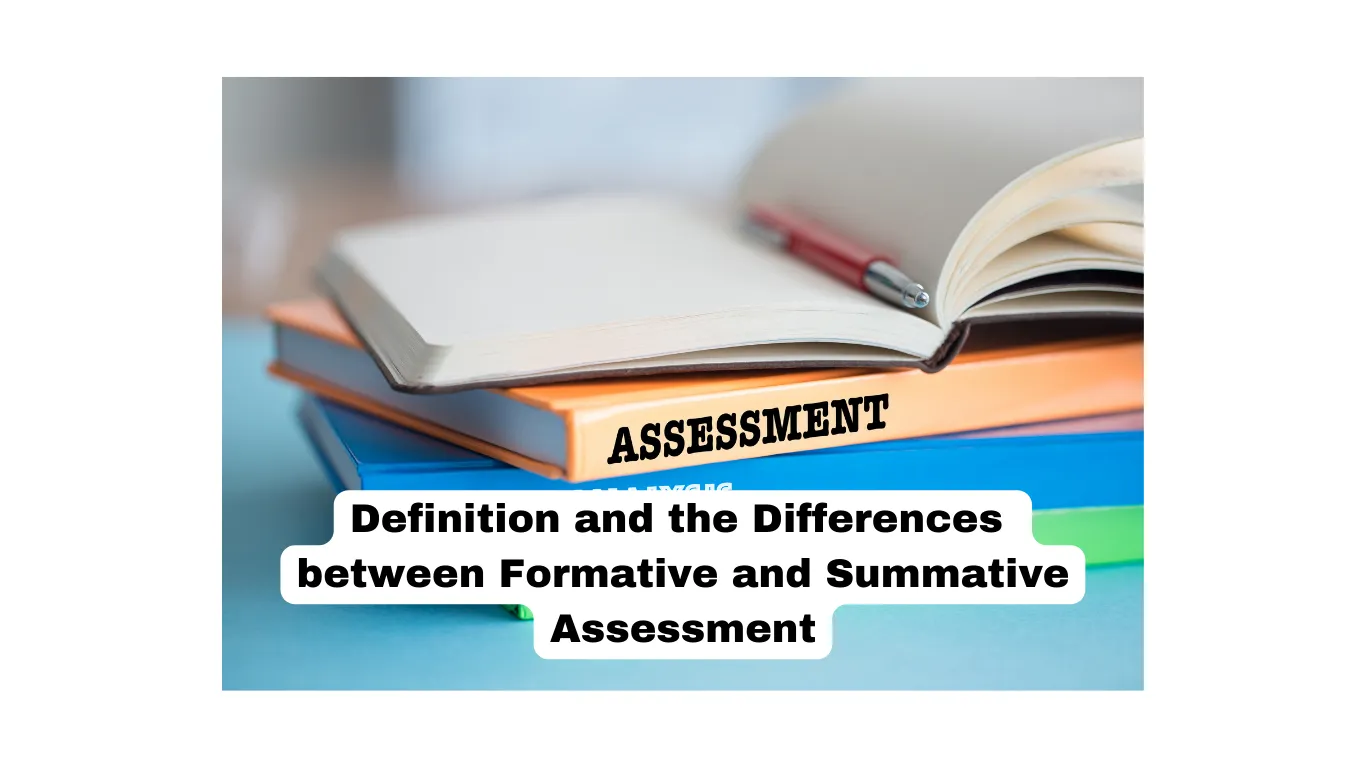Tenrycolle.com
What better to do than, share your English knowledge with other people
What better to do than, share your English knowledge with other people
What better to do than, share your English knowledge with other people

Assessment is a cornerstone of the educational process, serving as a compass to measure learning and inform instructional strategies. Within this realm, two distinct yet complementary assessment approaches emerge: formative assessment and summative assessment. These two assessment methods are fundamental and play unique roles in the educational landscape.
As teachers, students, and lifelong learners, comprehending these assessment types is crucial to enhance the learning experience and achieve better outcomes. This article will explore the definitions and the critical differences between formative and summative assessment.
Assessment is how we measure learning in education, and there are two important types: formative assessment and summative assessment. Let us start by understanding the basic definitions of formative and summative assessments.
As Black and Wiliam (1998) articulated, formative assessment allows teachers to gain valuable feedback—teachers and students can adjust ongoing instruction and learning to improve students’ achievement of planned instructional outcomes.
Bell and Cowie (1999) emphasize that formative assessment is “the process used by teachers and students to recognize and respond to student learning in order to enhance that learning, during the learning.” Educators and researchers alike, as noted by Bell and Cowie (2001), acknowledge the pivotal role of formative assessment in optimizing the effectiveness of learning activities.
Nicol and Macfarlane-Dick (2006) expand on this concept, considering formative assessment an integral aspect of instruction, providing a platform for students and teachers to engage in reflective practices.
Trumbull and Lash (2013) provide further insight into the essence of formative assessment, defining it as a tool to identify misconceptions, struggles, and learning gaps along the way and assess how to close those gaps.
From those definitions, Formative assessments typically monitor student learning to provide ongoing feedback. This approach allows teachers to improve their teaching by seeing what students need help understanding. Also, it allows students to improve their learning by identifying their strengths and weaknesses. By monitoring progress, teachers can recognize where students are struggling and address them throughout.
Meanwhile, as defined by Wojtczak (2002), summative assessment often occurs at the end of a term or course and is used primarily to provide information about how much the student has learned and how well the course was taught. Such assessments, as highlighted by Nworgu (2015), may be used for promotion, certification or admission to higher levels of education.
Thus, Summative assessments evaluate student learning at the end of a unit of study, typically against a benchmark.
Summative and formative assessments are two types of assessments that serve different purposes and characteristics. Let us explore these differences to understand their roles in education better.
| Formative Assessment | Summative Assessment |
| Occurs frequently throughout instruction (e.g., during a unit of study) | Occurs after the instruction is complete (e.g., at the end of a unit of study) |
| Focuses on assessment for learning | Focuses on assessment of learning |
| Informs ongoing instruction to improve student learning outcomes in real time | Evaluate how well the instruction worked in the past |
| Usually covers discrete content (e.g., one skill or concept) | Covers larger instructional units of study such as a full semester or a year |
| Often uses qualitative (descriptive) data to evaluate a current state based on informal measurement | Often uses quantitative (numerical) data to apply formal measurement and evaluation techniques to determine outcomes |
From the table above, formative assessment occurs continuously throughout instruction, allowing teachers to monitor students’ progress and adjust their teaching strategies in real-time. It is primarily concerned with assessing learning, emphasizing the role of feedback and guidance in shaping ongoing instruction.
This approach often involves qualitative, descriptive data from informal methods like observations and class discussions.
On the other hand, summative assessment occurs after the instructional phase is complete, typically marking the culmination of a unit, semester, or academic year. Its primary focus is assessing the learning that has occurred, providing a summary judgment of students’ overall performance.
Summative assessment relies more on quantitative, numerical data from formal measurement and evaluation techniques, such as standardized tests or final exams. It aims to determine how well the instruction has worked in the past.
In conclusion, assessment is a fundamental aspect of education, offering guidance and feedback for both teachers and students. Formative and summative assessments are two vital approaches that serve distinct purposes. Formative assessment happens continuously during instruction, aiding teachers in adjusting their teaching strategies in real time and emphasizing feedback for learning. It often employs qualitative data, such as observations and discussions. Summative assessment, conversely, occurs after instruction, providing an overall evaluation of student performance at the end of a unit or term. It relies more on quantitative data, like standardized tests or final exams, to assess learning. Understanding these differences is essential for teachers and learners, as they play key roles in shaping the educational experience and improving outcomes.